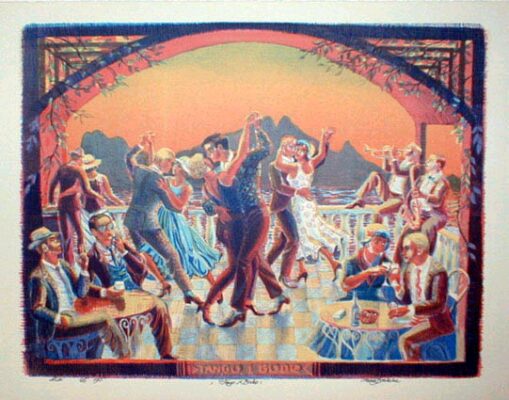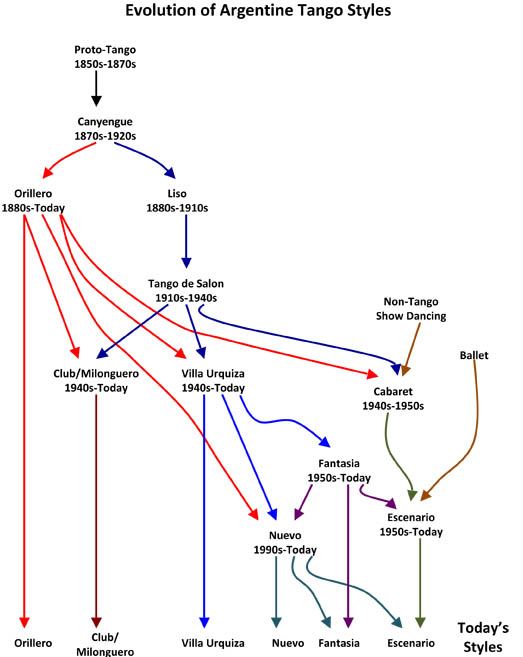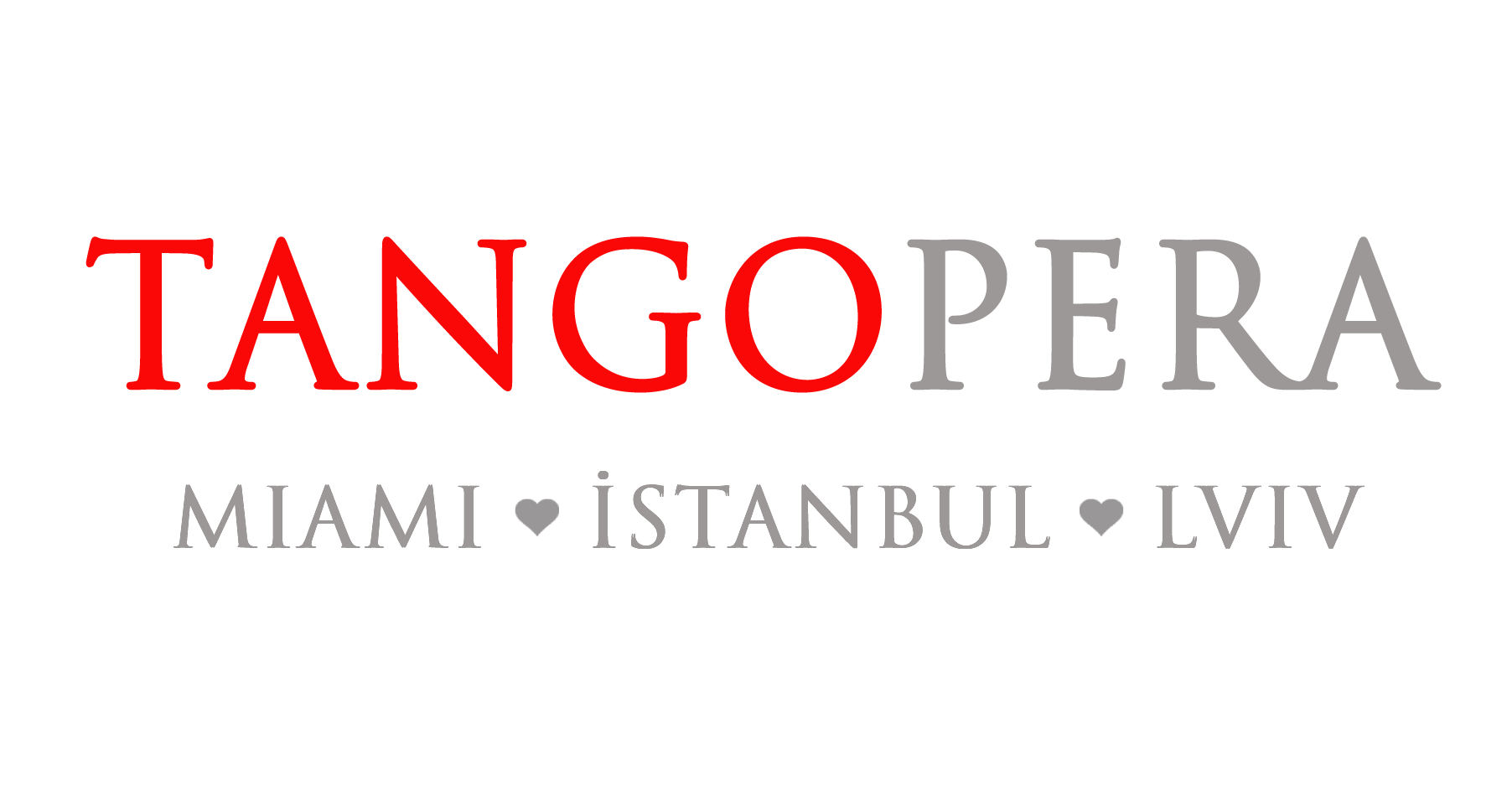
Argentine Tango Styles
Tango in Buenos Aires and other parts of Argentina is performed in many individual and personal styles, and many non-Argentine Tango dancers do not admit that their dance falls under any style. They say they just dance Tango. Others confuse it further by saying that their dance belongs to a style that others call another name. Identifying the unique characteristics of different styles is a difficult, challenging and possibly controversial task. Nevertheless, identifying the commonalities and differences in the spectrum of individual styles allows Tango dance to be divided into several specific categories; These are: Salon, Orillero, Milonguero, Club, Nuevo, Fantasia and Canyengue.
Tango Salon style
Tango Salon style tango is typically performed with an upright body posture. The grip can be open or closed, but is usually slightly crooked (ie both dancers’ centers are slightly to the right of their partner’s centre) and ‘V’ shaped (ie the lady’s left shoulder is closer to the man’s right shoulder than her right shoulder is to the man’s left shoulder).
When the Hall-style Tango is done in the open hold, the distance between the dancers allows the lady to perform her turns more easily and requires less independent movement between her hips and upper body as she pivots. When the lounge-style Tango is done in the closed grip, the couple loosens the grip a little, making room for turns and allowing the lady to move more comfortably in turns. Saloon style Tango is usually performed in pieces such as DiSarli, where the beats are strongest and played in 4/4 measure. In Hall-style Tango, dancers must follow the dance line.
Orillero style Tango
This style is more suitable for small halls, such as in Tango cafes and bars. In this type of Tango, the man and woman dance in a very small space, making very complex figures around each other. This style is definitely more heartfelt.
Orillero style Tango originated in the suburbs of Buenos Aires, where dance floors were larger. Orillero style Tango is similar to Salon style Tango in many ways. In this style, too, the couple has an upright posture and the grip can be slightly crooked and ‘V’, open or closed. In turns, the lady can turn easily and does not need much independent movement between her hips and upper body while pivoting. When Orillero style Tango is done in the closed grip, they leave the grip a little loose to make room for double turns. The difference of Orillero style Tango from Salon style Tango is that it has cheerful figures that do not always follow the dance line rule, and occupy a lot of space.
Milonguero style Tango
In Milonguero style Tango, the couple dances in a chest-joining stance with the upper body slightly bent forward (Argentines call this apilado) with some distance between the toes. The grip is usually closed and the distance of the woman’s left shoulder to the man’s right shoulder is the same as the distance of the woman’s right shoulder to the man’s left shoulder. The woman’s left arm hangs down from the man’s neck. Some dancers of this style say that the couple should lean towards each other, while those who oppose this view say that both dancers should bend only enough to make chest contact, but not specifically. The upper bodies of both dancers are in constant contact and this contact is not broken during turns or ochos; otherwise, the couple can only do walks and simple ochos, unless the lady moves her hips too independently of her upper body and/or doesn’t pivot her feet too much in turns. Ocho cortado is one of the distinctive movements of Milonguero style Tango because this figure combines the couple’s grip with the rhythmic sensibility typical of this style.
Club Tango Style
Club style Tango combines the sensibilities of Salon style Tango and Milonguero style Tango. Club style Tango is performed in an upright stance and a slightly crooked ‘V’ closed hold. The pair loosen her grip a bit, allowing the lady to perform her turns more easily and need less independent movement between her hips and upper body when pivoting. The figures of Club style Tango include the ocho cortado and the rhythmic figures of Milonguero style Tango.
Tango Nuevo (New Tango Style)
Tango Nuevo is a pedagogical approach that aims to find previously untried combinations and figures by making a structural analysis of Tango dance. This style of tango is performed in an open hold, in a relaxed and fully upright position, and it is very important for the dancers to maintain their vertical axis. While Tango Nuevo fans say some figures need a new structural analysis, some of their most prominent figures are overturn ochos and changes of direction during turns, which can be most easily done in a loose grip.
Fantasia (Show Tango Style)
Fantasia is performed in Tango performances. Performed in the open grip, Salon is a combination of Orillero and Nuevo styles, and also includes some figures (often taken from ballet) not found in the social tango repertoire. These ballet elements are a natural extension of the Salon style Tango, as this style is similar to ballet.
Canyengue
Canyengue is an old style Tango performed in the 1920s and early 30s, and it is unclear whether the dancers currently operating in this style adhere to the original rules. It is done in a closed and slightly crooked ‘V’ shaped hold, with the dancers bent knees as they move. The lady does not cross. Long, tight dresses were worn when the canyengue was popular.

Argentine Tango: tango lessons, tango seminar, tango dance choreography, tango show, tango music, tango dj’ing, everything about tango.
Kerem Elena Tango. tangopera.com
